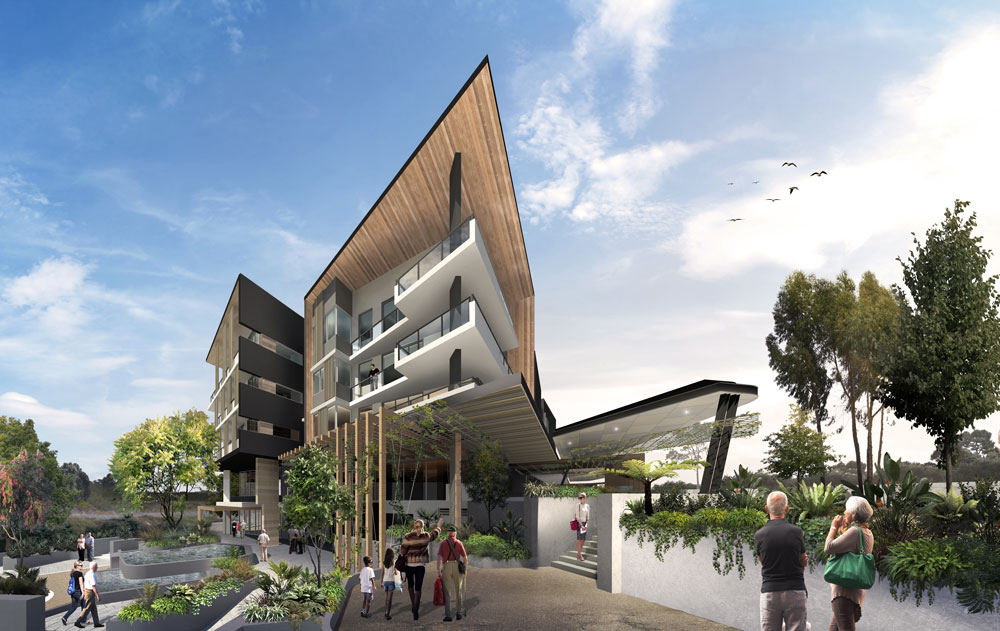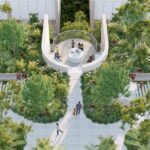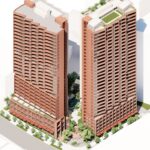Incorporating design elements that increase the living standard for those with cognitive impairment is a huge challenge for architects and urban designers as the industry searches for new ways to incorporate ageing friendly design principles, according to a leading Brisbane architect.
Marchese Partners Brisbane Principal Frank Ehrenberg—who has attended a three-day masterclass at one of the world’s leading authorities on ageing and dementia, the University of Stirling—said the shift in mindset toward new design features becoming commonplace was something that could not be ignored.
“As a population we are living longer and we know many of us will face some form of cognitive impairment as we age,” Mr Ehrenberg said.
“We know multiple colours in floor tiles can appear to someone with cognitive impairment to be a hole in the floor, so design is ensuring floors are uniform and easier to navigate.
“Legibility is also very important so we design rooms that are easy to navigate so people can quickly locate things like bathroom facilities.
“Similarly when we design outdoor spaces we may create gardens that form a loop, ensuring residents can go for a walk and easily find their way back to their starting point.
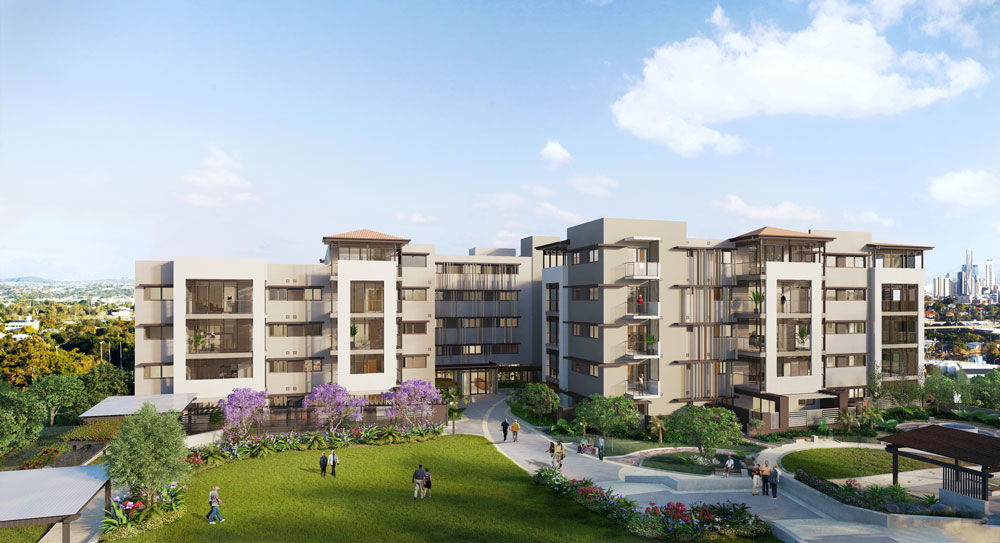
“Even the treatment of light and sound is critical. During waking hours lights need to be bright enough to account for declining eyesight, but at night it is important to eliminate as much light as possible to ensure restful sleep.
“We also know unusual sounds such as alarms and buzzers can be confusing to people with cognitive impairment, so these sounds need to be kept to an absolute minimum.”
Mr Ehrenberg said the attitude toward ageing friendly design was similar to that of disability design 40 years ago and it was time all new projects were designed and constructed with these features front of mind.
“A few decades ago we started becoming aware we had to design spaces that considered people with mobility impairment and now every new building has equitable access incorporated into the design,” Mr Ehrenberg said.
“In the same way that we now include ramps and lifts as a matter of course for people with mobility difficulties, we need to design spaces that consider cognitive difficulties as well.”
Mr Ehrenberg said the real challenge for architects and designers was to integrate these principles into new buildings without drawing attention to them.
“No one wants to think about their mind not functioning as well as it used to, just as no one wants to think about the possibility that one day they may not be as mobile,” he said.
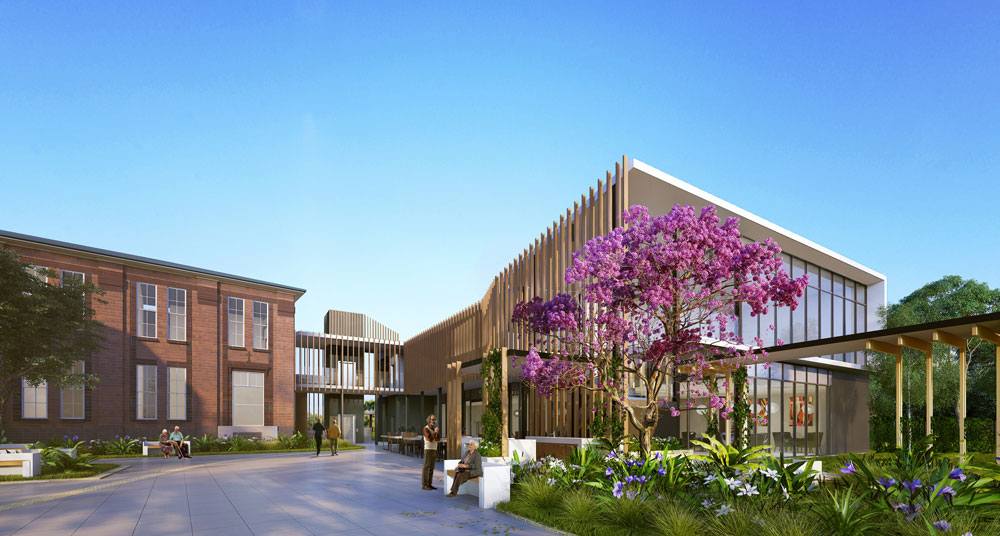
“We still need to focus on designing attractive spaces that people want to live in, but we mustn’t shy away from the realities of ageing.
“Designing with ageing in mind means people can live independently for longer. It means couples can stay together longer, even if one of them begins to experience some cognitive decline.
“The result is a seniors living environment that ensures operations are efficient and functional and the innovative aesthetics are obvious and at the forefront.
“We incorporate quality and attention to detail to create spaces that people enjoy working in, visiting with and, most importantly, living in. M Ehrenberg said connectivity with community, friends and family was the key and Marchese capitalised on these aspects by creating friendly public spaces and meeting places that engender a village atmosphere.
“To provide the individual choices residents desire we provide understated luxury across the spectrum of sun-drenched living spaces from apartments and independent living units through to warm and welcoming aged and health care models,” he said.
“Ultimately it is about improving quality of life for everyone. It needs to become the rule, not the exception.”


